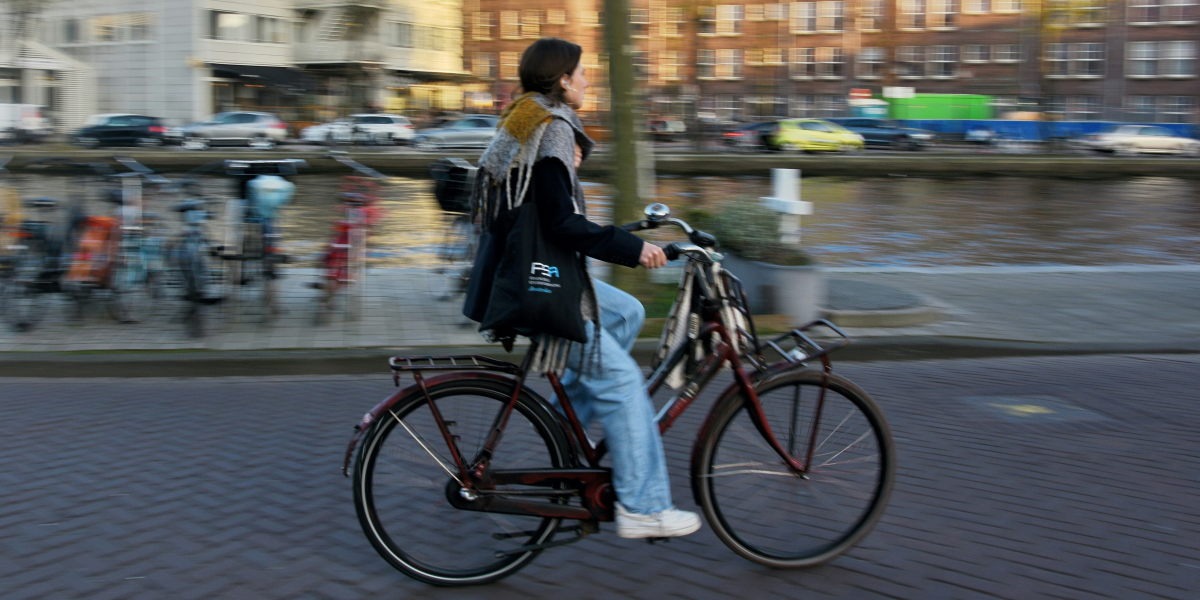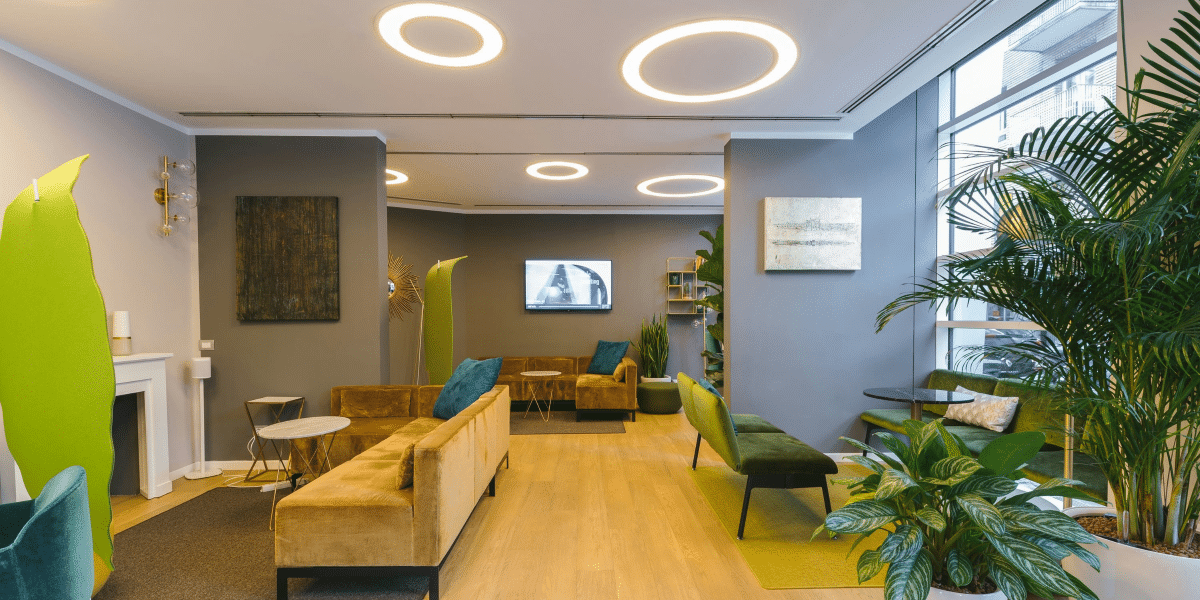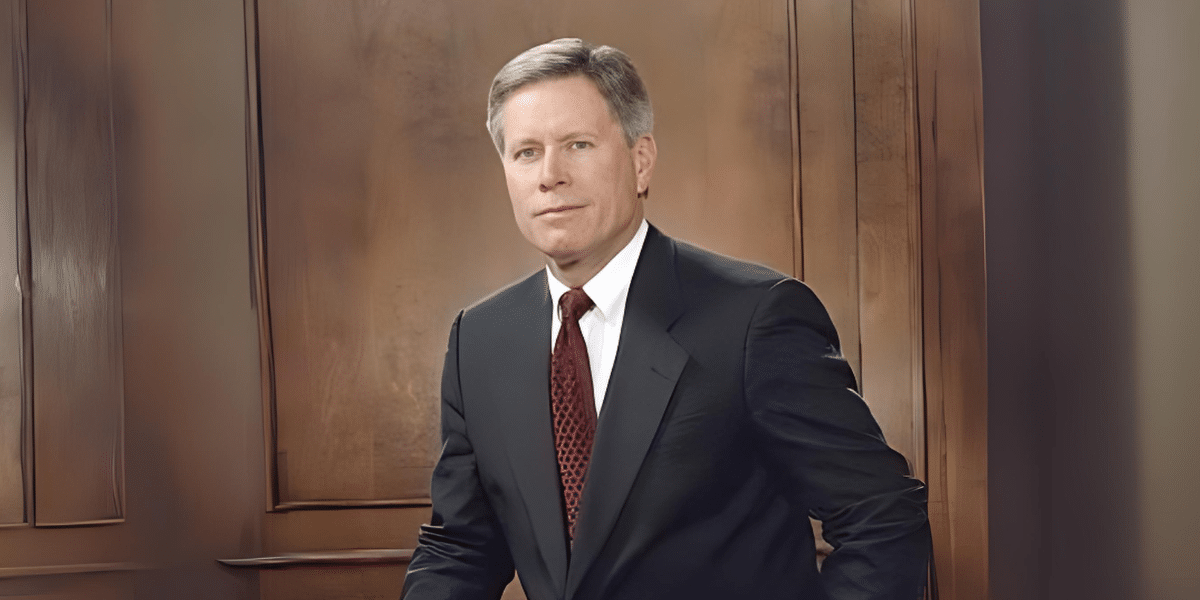Image commercially licensed from Unsplash
Corporate offices can often be drab and depressing, awash in bland colors that an interior designer might call “oatmeal” and “tumbleweed.” These tired spaces come across as sterile, filled with old-style cubicles, and flooded with blinding artificial fluorescent light. So it should come as no surprise that employees yearn to get outdoors and feel some sunlight on their faces. Unfortunately, desktop plants don’t count as green space.
This demoralizing office aesthetic won’t cut it on the heels of what economists call the Great Resignation, the Big Quit, or the Great Reshuffle. The COVID-19 pandemic forced companies to embrace remote working. The net result is a shift in the balance of power between employers and employees, with employees gaining a bit of leverage. Companies seeking top talent and wanting to see them in person and the office must woo them by offering modern, visually appealing spaces that foster creativity, health, and peace of mind. It would be a mistake to assume the office a company had before the pandemic will be adequate to tempt your best employees to return.
Corporate real estate industry veteran Owen Rice thinks companies will lure employees back to the office if they curate or design their buildings better to fit the needs and desires of the employees. Rice is an Executive Vice President at Hughes Marino, a global corporate advisory firm representing tenants and buyers in commercial space lease and purchase transactions.
Rice is one of four moderators on a new podcast, “The Real Estate Insider,” dedicated to all things corporate real estate. Tucker Hughes acts as moderator and keeps things interesting by asking important and timely questions of Rice and teammates John Jarvis and Brian Connolly.
In the inaugural podcast episode, Rice described a transformation that made him believe in office overhauls. He was in Washington, D.C., when he saw several floors belonging to a company in the professional service industry.
“The way they had curated this main hub floor was unlike anything I’ve ever seen before,” Rice said. “People were activated and moving around. You could hear the espresso machine going. People were working on their laptops — and it was multigenerational, with people in their 50s, 40s, 30s, and 20s working.”
Standing beside Rice was one of his clients, who turned to him and said, “Do you feel it?” Rice replied, “Oh, yeah.”
“He was referring to the energy of the room,” Rice said during the podcast. “That company nailed it.”
Tucker Hughes, the managing director of Hughes Marino, said, “We’ve all been in that situation where you walk in somewhere, maybe it’s a cool restaurant, and you’re like, ‘Wow, this is special! This place has amazing energy,’ or you walk into an office and feel that energy.”
The Great Resignation and How Hughes Marinos’s Owen Rice, Tucker Hughes, John Jarvis, and Brian Connolly See It Playing Out
U.S. employees are in the driver’s seat now. To find a key reason, look no further than the February 2023 U.S. Labor Department’s employment report. It revealed the country is experiencing its lowest unemployment level since 1969 — 3.4% in January, down from 3.5% in December. It’s a market that favors employees.
Gallup conducted a survey in June 2022 about how workers feel about where they work. Approximately 56% of full-time employees in the U.S. say their job can be done remotely from home. Of these remote-capable workers, 60% want a long-term hybrid work arrangement.
John Jarvis, Executive Vice president of Hughes Marino, said most companies he works with are critically examining their real estate needs. As a result, they often shed 20% to 30% of their prior space.
“Then we help them design really inviting spaces,” Jarvis explained. “I’m a much bigger fan of the pull approach to draw people into the office than the push approach, which says, ‘Get back to the office!’”
This reimagined workspace often means less overall square footage and the savings can be reinvested into higher-end buildouts, a better location, or a better building with amenities.
Companies Are Redesigning Offices To Be Comfortable, Communal, and Collaborative
This trend of office overhauls is a watershed moment for architects, designers, and developers. They reimagine the office as a desirable destination capable of coaxing work-from-home employees out of their cozy armchairs.
According to a story in the Harvard Business Review, organizations today invest in sleek workplaces with smaller, intriguing spaces and more extensive, flexible areas that foster collaboration. In addition, companies are redesigning offices with comfortable and communal spaces to draw employees back to the workplace.
Designers are focused on another piece of the puzzle: the modern employees’ enthusiasm for health, peace of mind, and life balance. This interest has led to outdoor offices that include nontraditional work spaces, terraces, courtyards, and balconies.
Some offices order extras for the outdoor spaces, including Wi-Fi, heated seating, shade, and sound systems. According to a Cornell University study, designers are creating offices that invite more natural light, which can lead to an 84% drop in symptoms in workers’ eyestrain, headaches, and blurred vision. At its Redmond, Washington, campus, Microsoft has gone so far as to offer actual tree house meeting areas (weather permitting).
“An office is a place for collaboration, for extroverted work, for social interaction,” says Daniel Kaplan, a senior partner at FXCollaborative, an architecture firm in Brooklyn, New York. “So we’re seeing big, light-filled interiors, great amenities, and outdoor space.”
Joseph White, the Director of Design Strategy at MillerKnoll, a maker of iconic furniture, says office improvements hit near the heart.
“It’s about things that are meaningful to people — providing private mothers’ rooms and places for self-care. These are things that the workplace is uniquely suited to support.”
What Makes a Great Office Space?
When Rice and Connolly talked about their work during the debut podcast, they were passionate and curious. One topic Jarvis delved into is a work space’s philosophical and practical meaning.
“What does a great space mean for a company?” Jarvis asked. “What’s going to work for you to incite and encourage your team to be at the office?”
Connolly, an Executive Vice President at Hughes Marino, focused on nuts-and-bolts issues. He wondered if all companies would be able to refurbish their current offices.
“Can they do it in their existing office, or are we going to start to see the forward-thinking companies move?” he mused. “Are we going to start to see companies move more because it’s hard to create the change in your space?”
Companies seeking to build a happy, healthy, productive workforce must turn their offices into a destination. As employees walk through the doors, they should have an experience that makes them want to return.
Rice said it simply: “To get people back to work, you must convince them that the office is better than home.”







